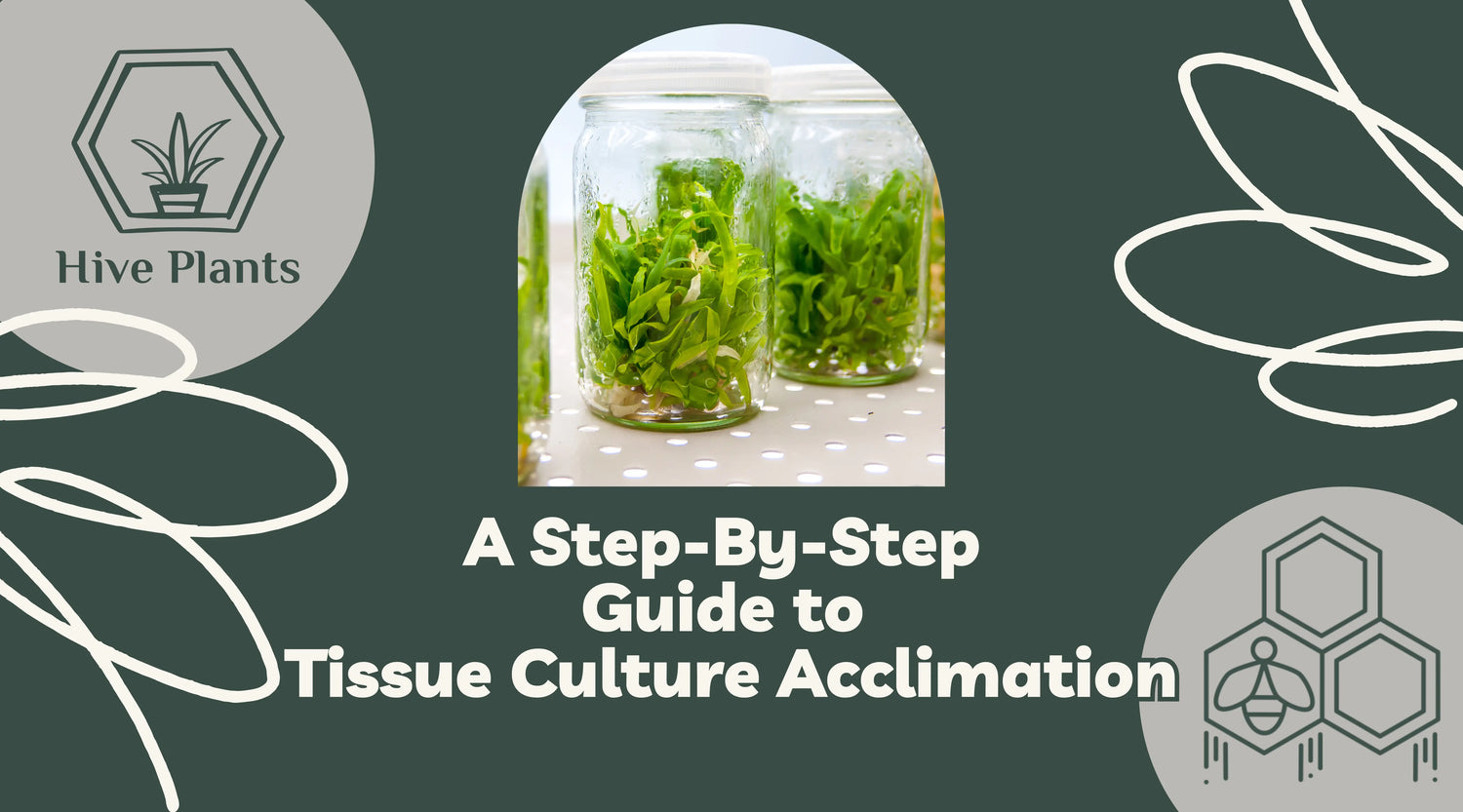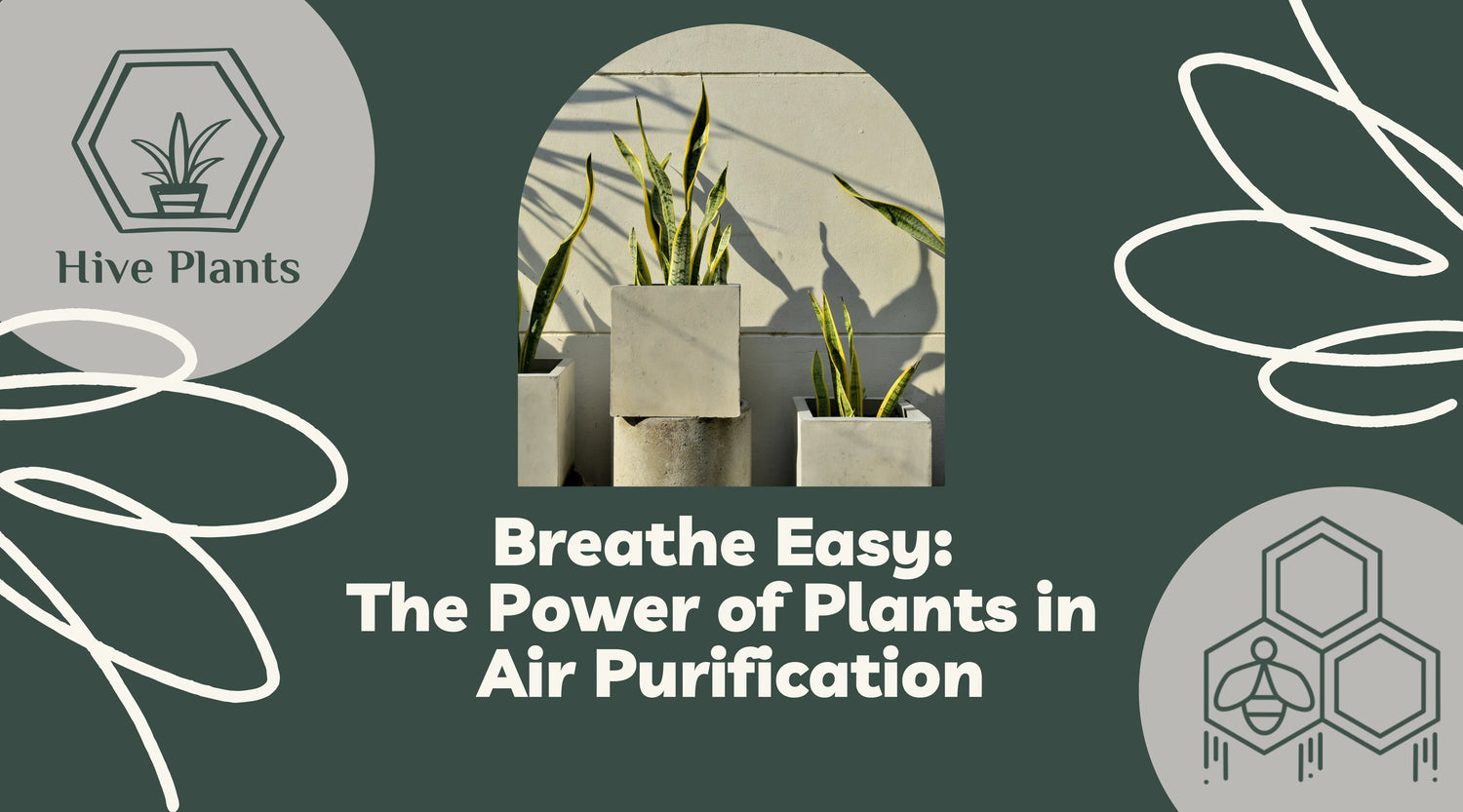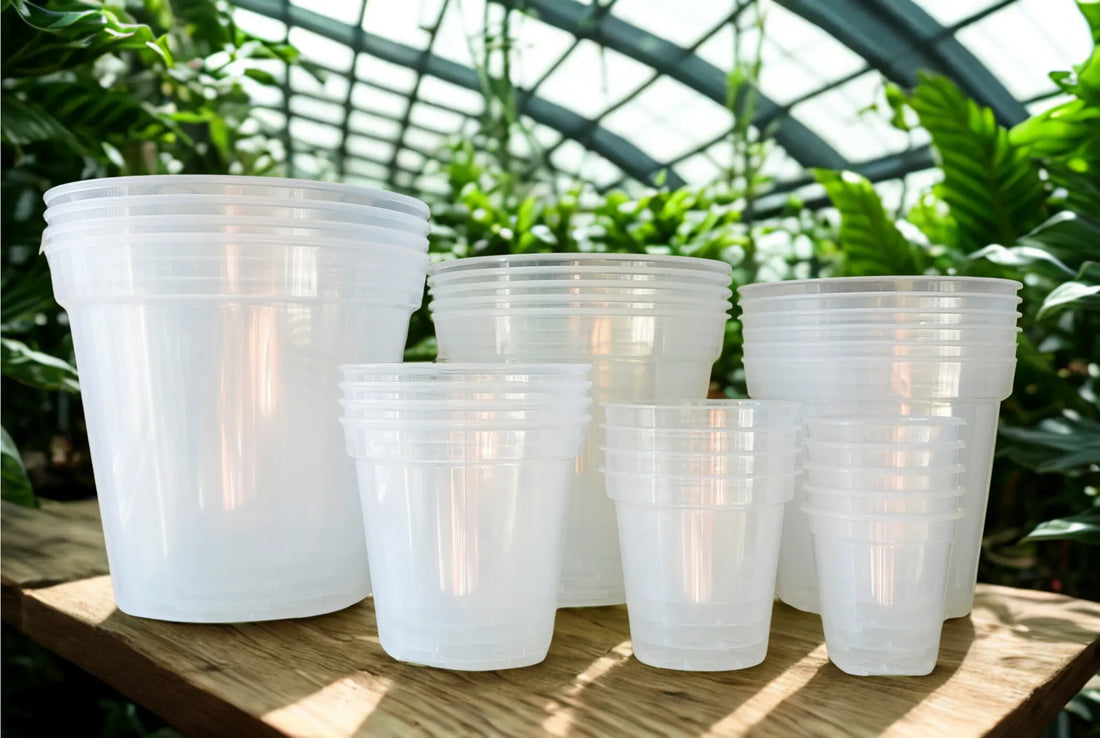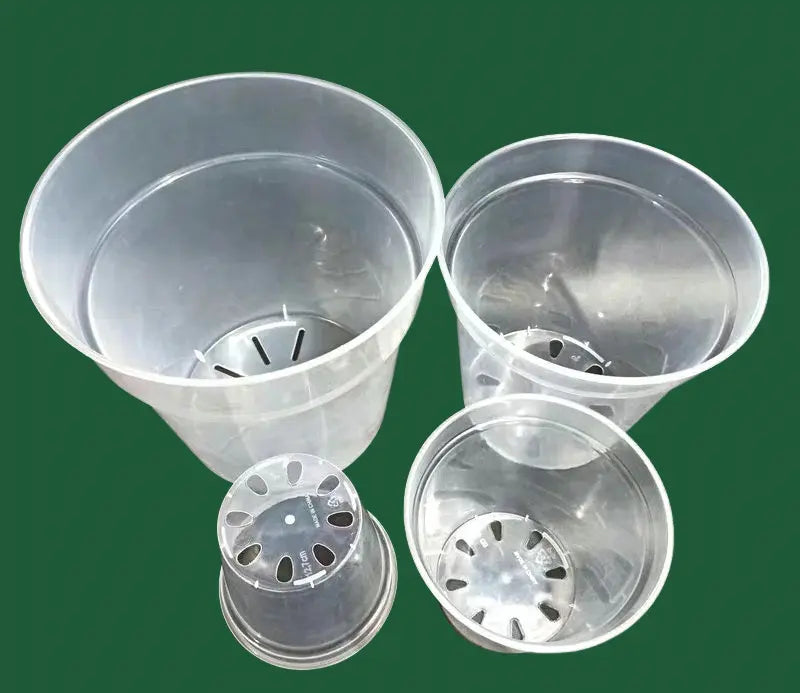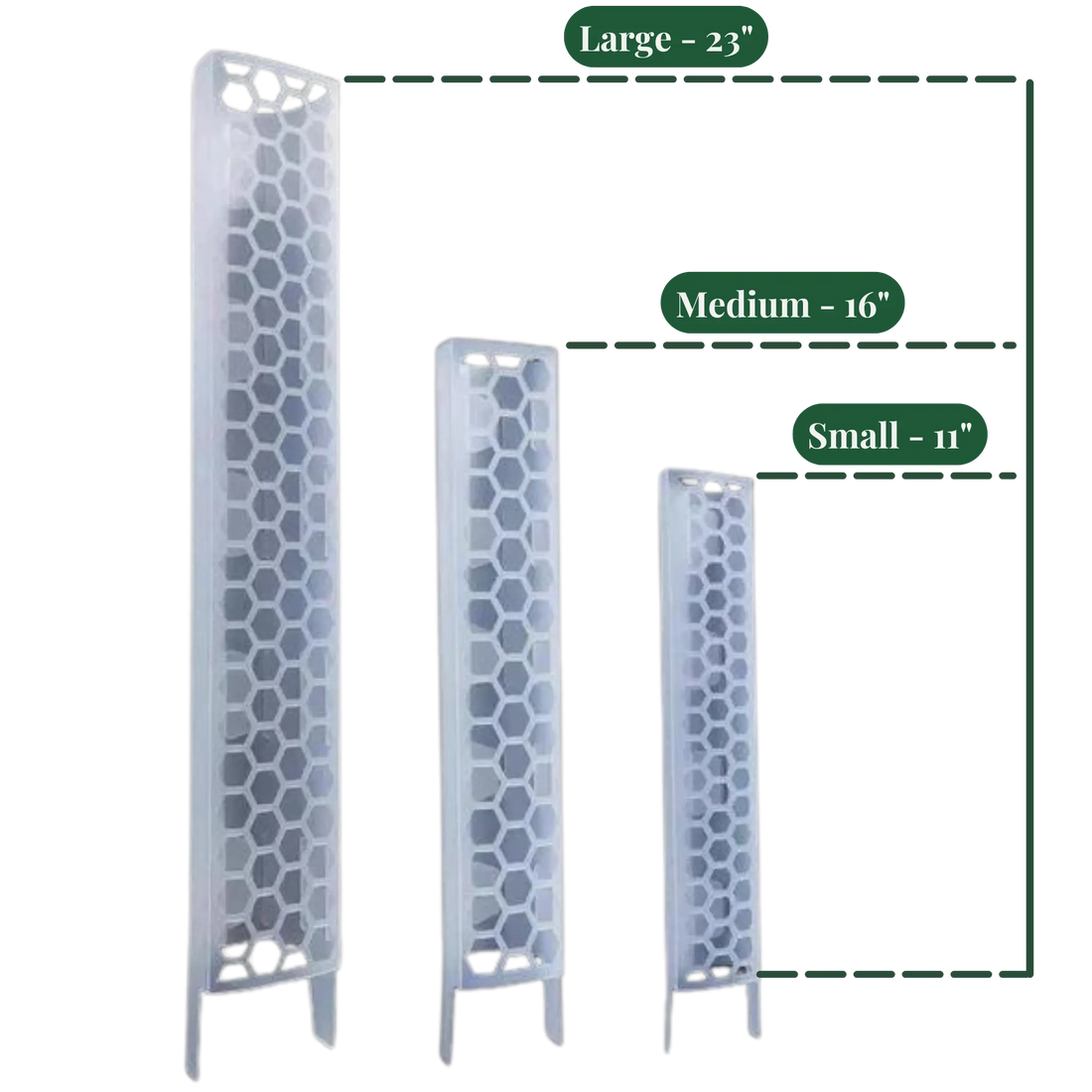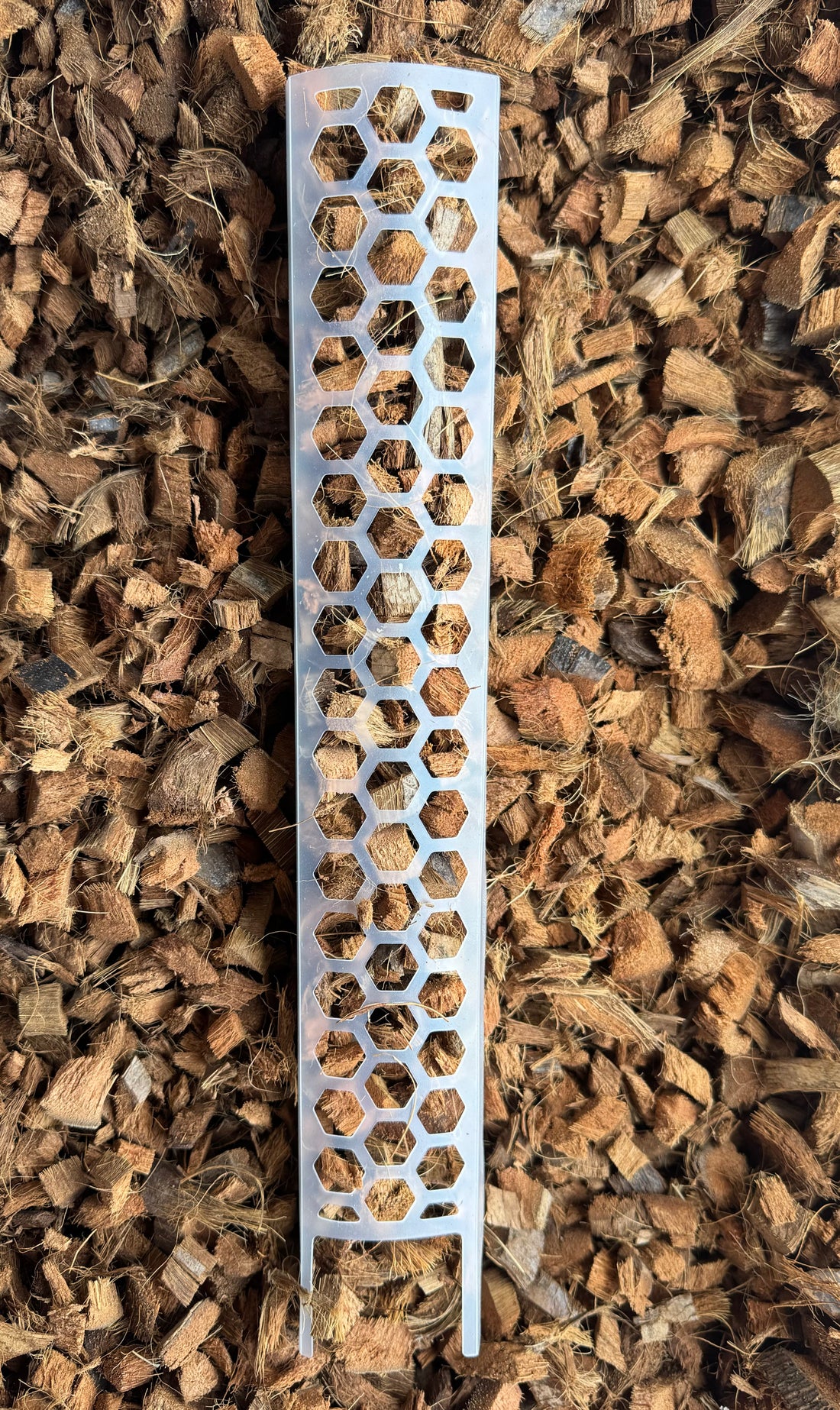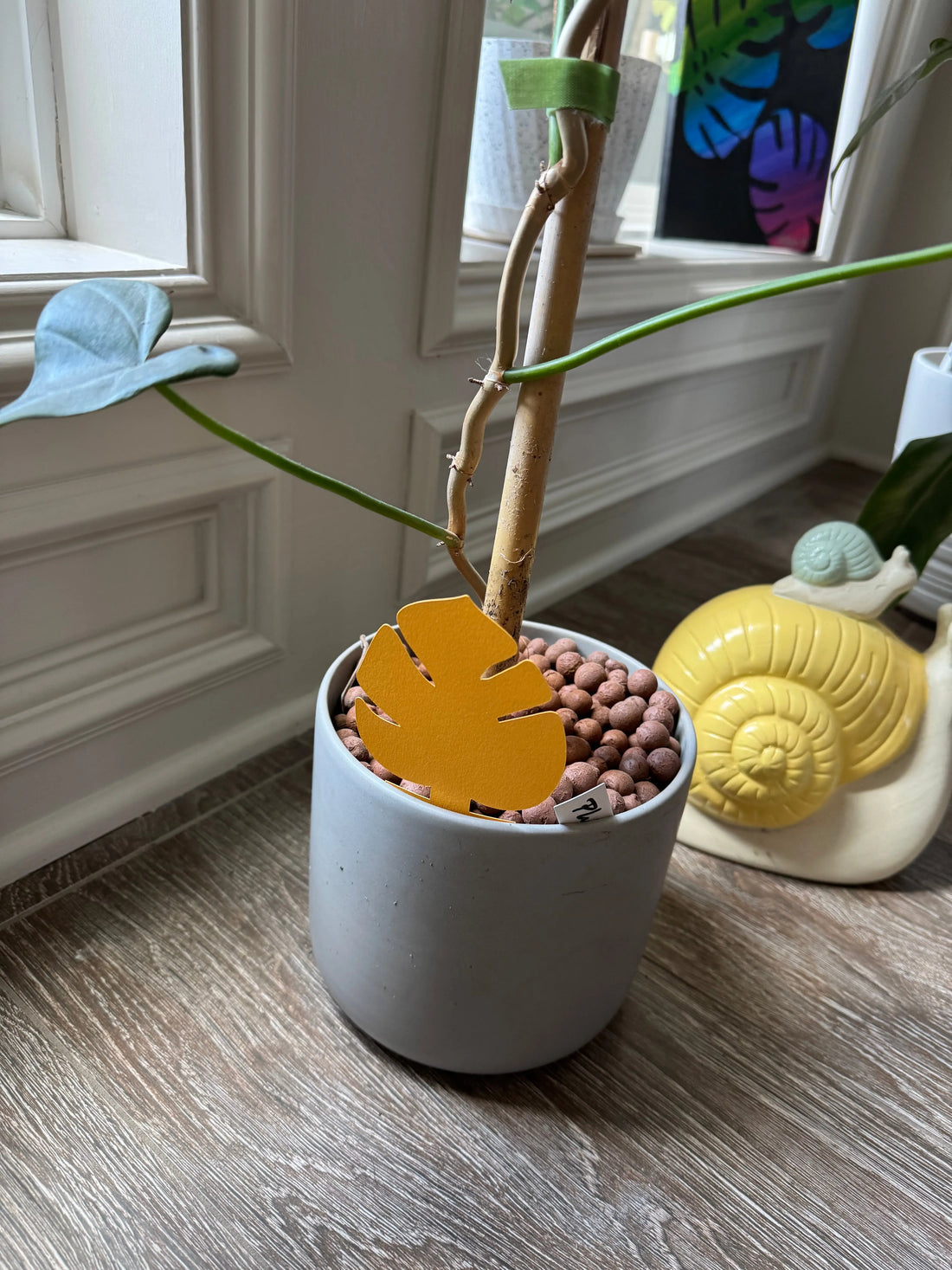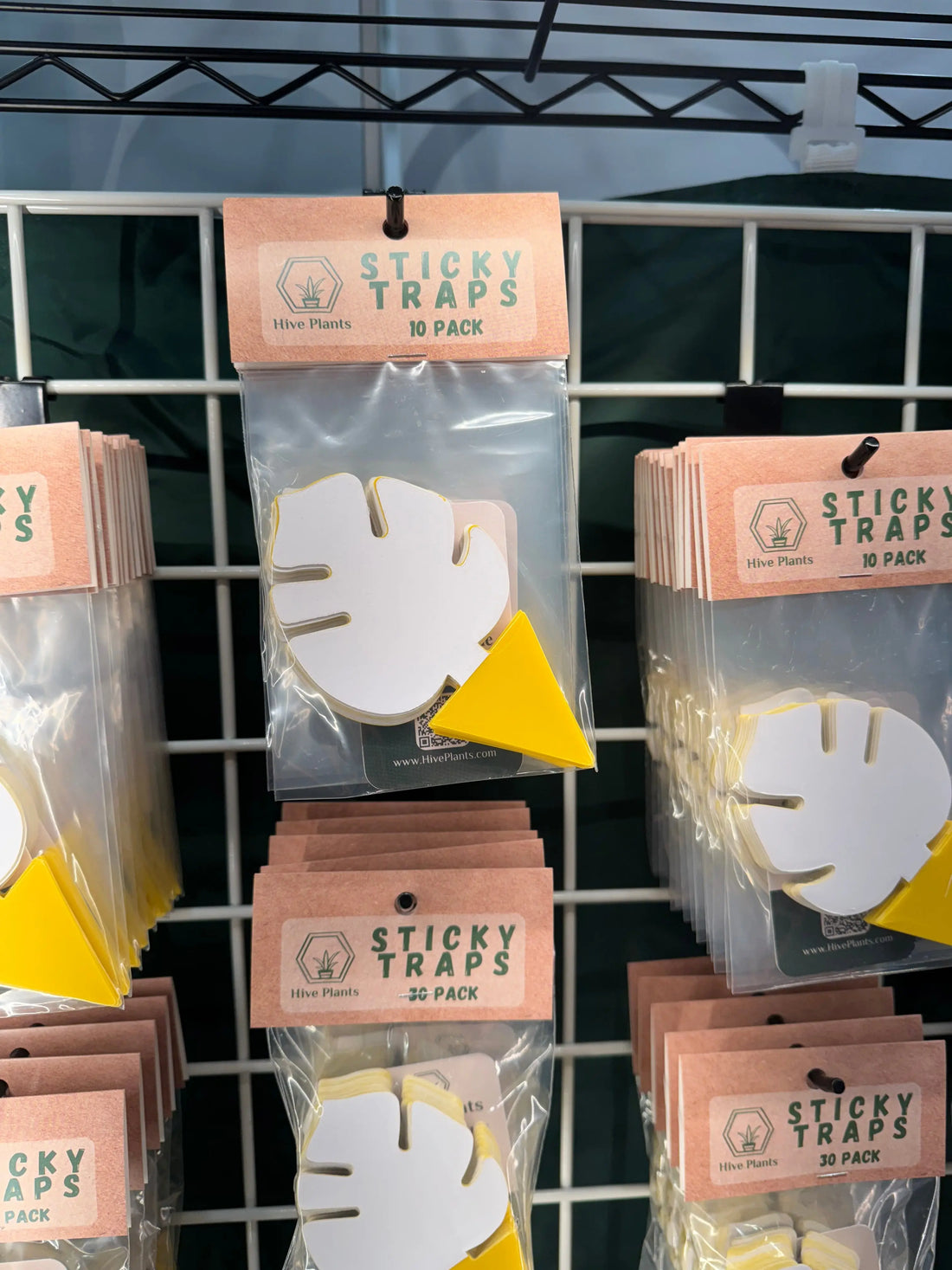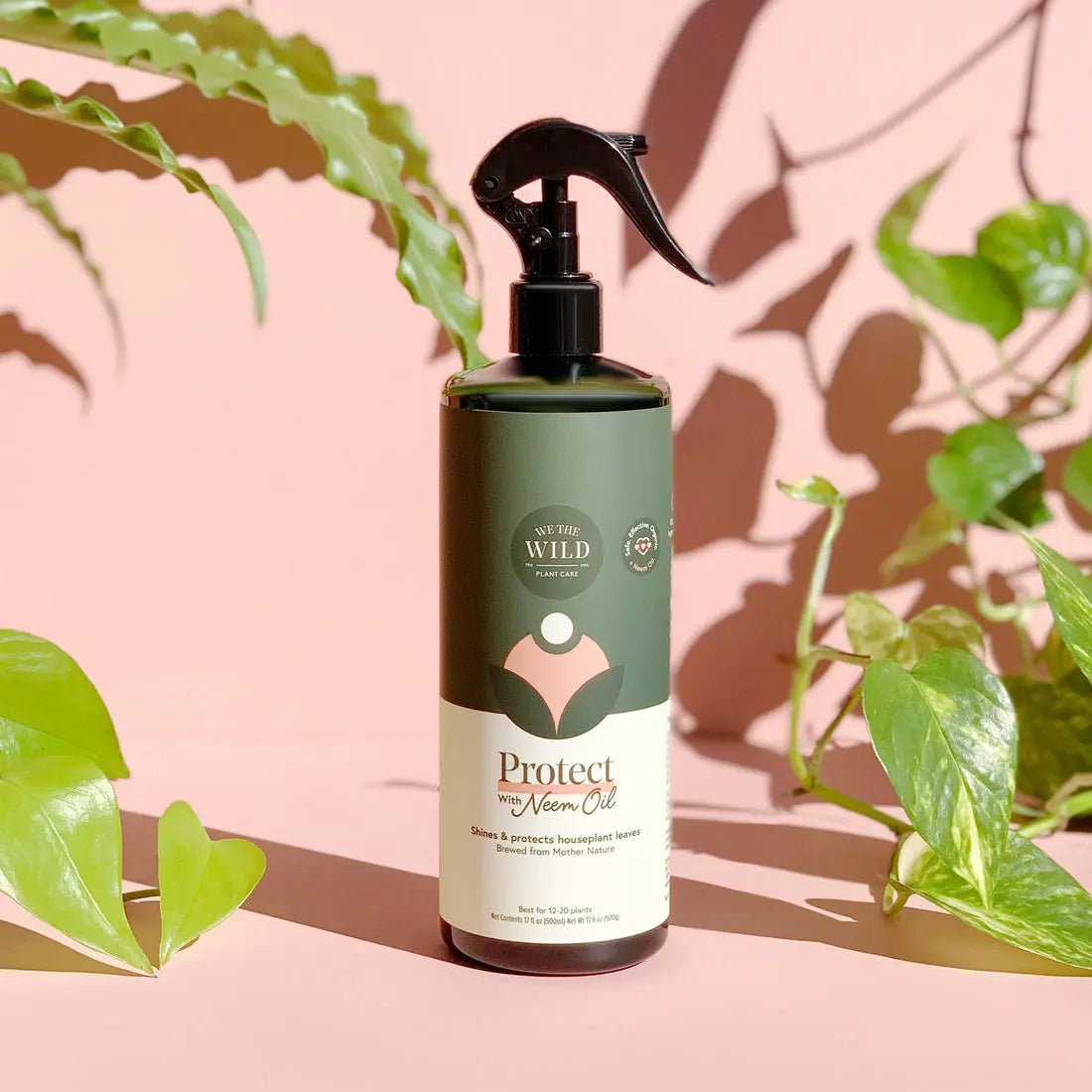Syngoniums, also known as arrowhead plants or arrowhead vines, are popular houseplants appreciated for their striking foliage and ease of care. With their unique arrow-shaped leaves, they can add a touch of tropical elegance to any home. Whether you're a beginner or a seasoned plant enthusiast, here's a comprehensive care guide to ensure your Syngoniums flourish.
Light
Syngoniums thrive in bright, indirect light. Avoid direct sunlight, as it can scorch their delicate leaves. If you're unsure about the light levels in your space, place them a few feet away from a window with filtered sunlight. They're quite adaptable and can tolerate lower light conditions, but their growth may slow down.
Water
Allow the top inch or so of the soil to dry out between waterings. These plants are more forgiving of underwatering than overwatering. When you do water, be thorough but avoid letting them sit in standing water, as this can lead to root rot. Adjust your watering frequency based on the season and environmental conditions.
Temperature & Humidity
Syngoniums prefer temperatures between 65°F to 80°F (18°C to 27°C). They're sensitive to cold drafts and sudden temperature drops, so avoid placing them near drafty windows or doors. Maintain moderate to high humidity levels around your Syngonium, especially during the drier winter months. You can increase humidity by misting the plant, using a humidity tray, or placing a humidifier nearby.
Soil
A well-draining potting mix is essential for Syngoniums. A mixture of potting soil, perlite, and peat moss works well. Ensure the pot has good drainage to prevent waterlogged soil, which can lead to root problems.
Re-Potting
Syngoniums don't need frequent repotting. Repot when you notice the plant becoming root-bound, typically every 2-3 years. Spring is an ideal time for repotting. Choose a pot only slightly larger than the current one to avoid excessive moisture retention.
Fertilization
During the growing season (spring and summer), feed your Syngonium with a balanced liquid fertilizer every 4-6 weeks. Reduce or halt fertilization during the dormant season (fall and winter). Always follow the recommended dilution on the fertilizer label to avoid overfeeding.
Not Pet Safe
Syngoniums are considered mildly toxic to pets and humans if ingested. It's best to keep them out of reach of curious pets. If you have pets prone to chewing on plants, consider placing your Syngonium in a location they cannot access.
Common Problems
Syngoniums can face a few common issues:
- Yellowing Leaves: This can result from overwatering or exposure to direct sunlight. Adjust your watering routine and move the plant to a shadier spot if needed.
- Brown Tips: Usually caused by dry air or underwatering. Increase humidity, water more consistently, and trim off the browned tips.
- Pests: Syngoniums can occasionally attract spider mites, aphids, or mealybugs. Inspect your plant regularly and treat infestations promptly with insecticidal soap or neem oil.
- Wilting: This can be due to both overwatering and underwatering. Check the soil moisture level and adjust your watering accordingly.



